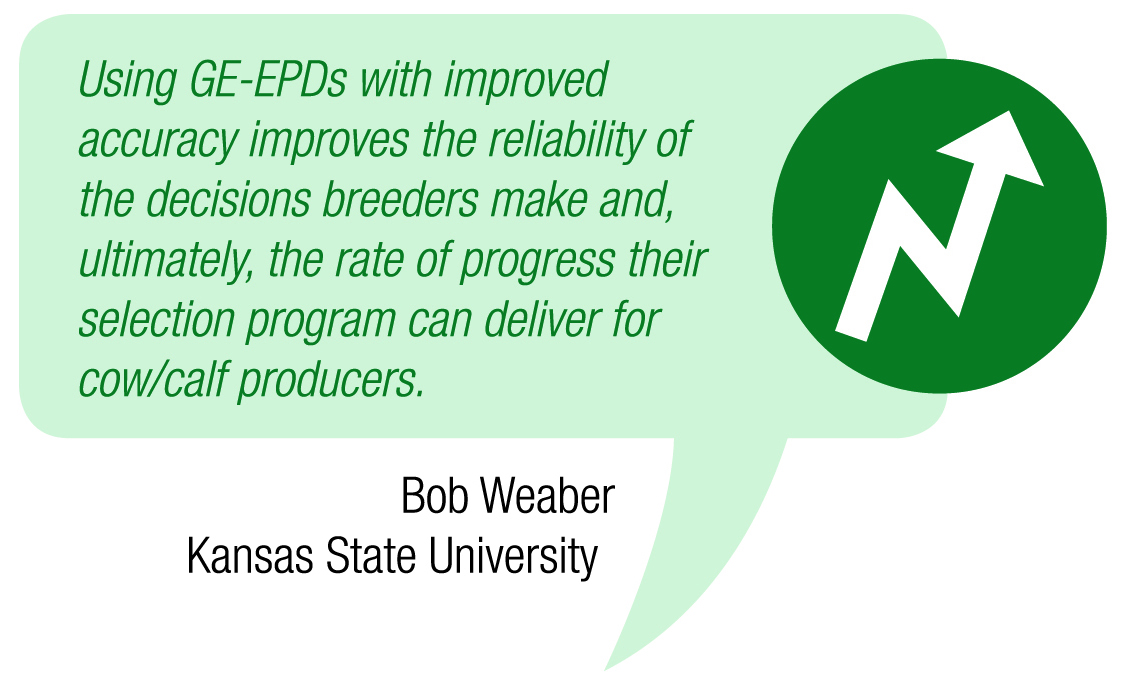The simplest answer may be the question – “Why not?”
Although this seems overly simple, it really is the best answer. Look at any other major protein source and you will find an overwhelming prevalence of hybrids, or crossbreeding! Cereal grains, vegetables, forage crops, pork, poultry, most are some form of crossbred in today’s commercial applications.
Direct heterosis alone is reason enough for crossbreeding, but the real value comes in adding maternal heterosis and what it can do for your entire cowherd performance levels. Imagine making up to a 25% difference in your results just by changing the bulls you are using! I know that many say this can’t be done, but let me assure you that not only can it be done, it is being done. Visit with anyone who has a structured and planned crossbreeding effort in place and they will be able to share many amazing success stories. SimAngus are the perfect fit for today’s cattle production cycle and have real world application in all segments of the beef industry.
Aside from the above, it really gets quite simple – crossbreeding pays! Don’t just take our word for it, there has been literally decades of research conducted at the US Meat Animal Research Center that documents the profound effects of crossbreeding. When you come visit us at Trinity Farms, you will get a chance to view first hand some of the fantastic results of crossbreeding. The science of this phenomenon is well proven; add the art of breed complementarity with thoughtful selection and you will find an extremely productive and unique program that we know you will appreciate.
Why crossbreed? Why not?
Don't just take our word for it:



